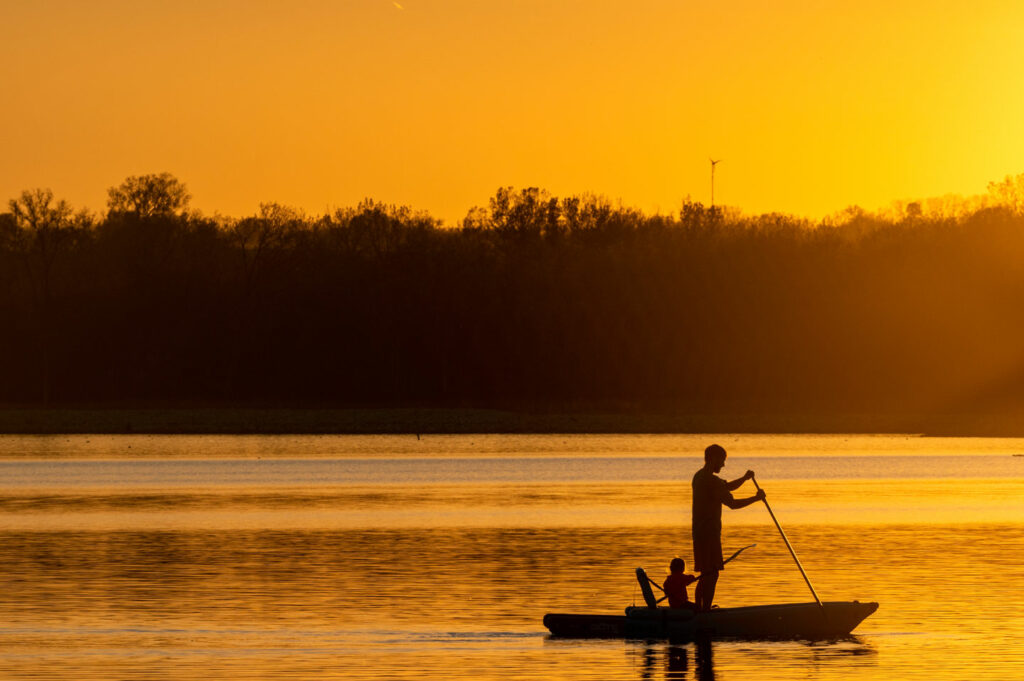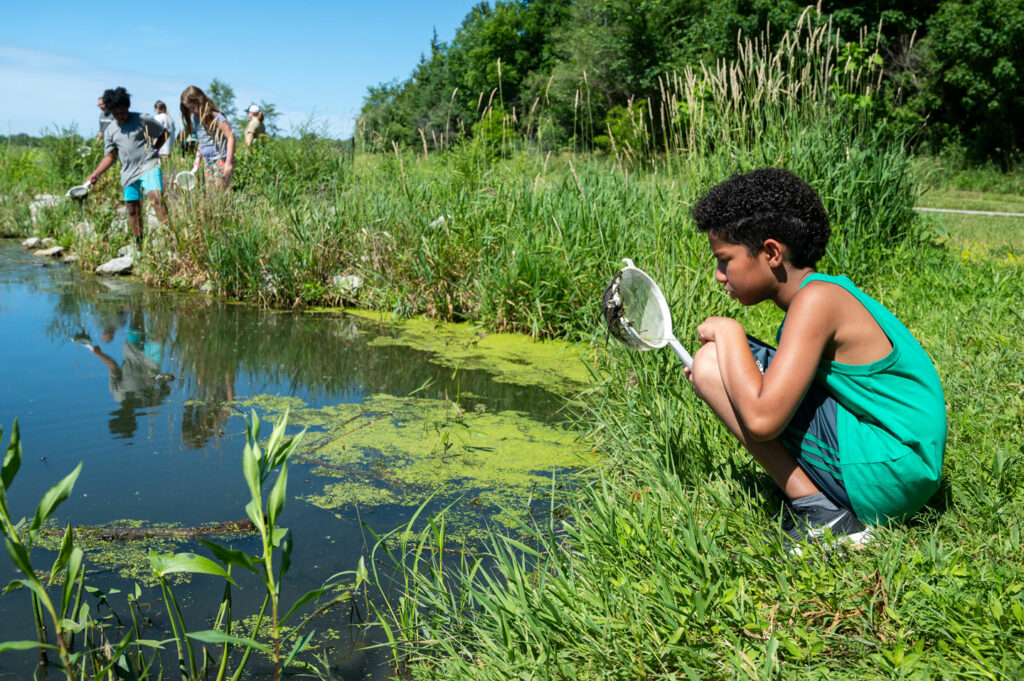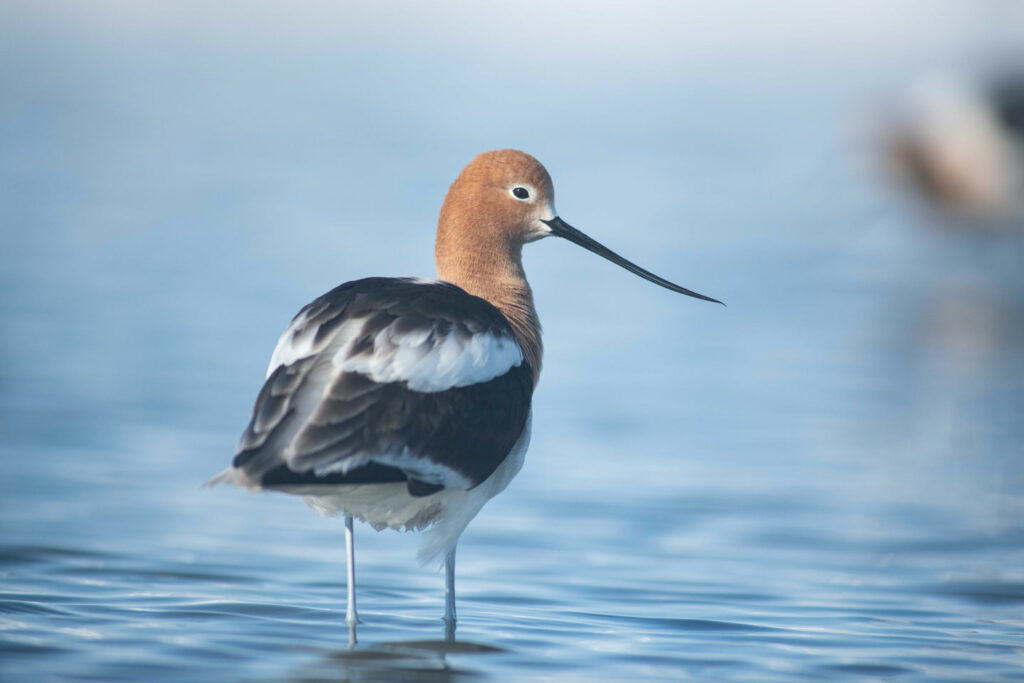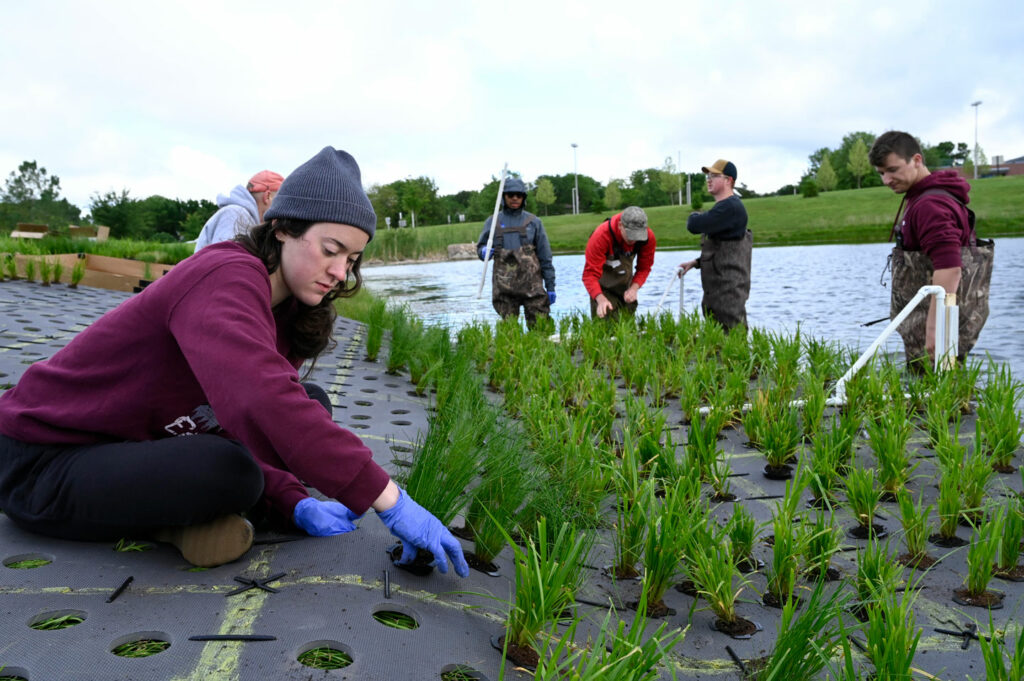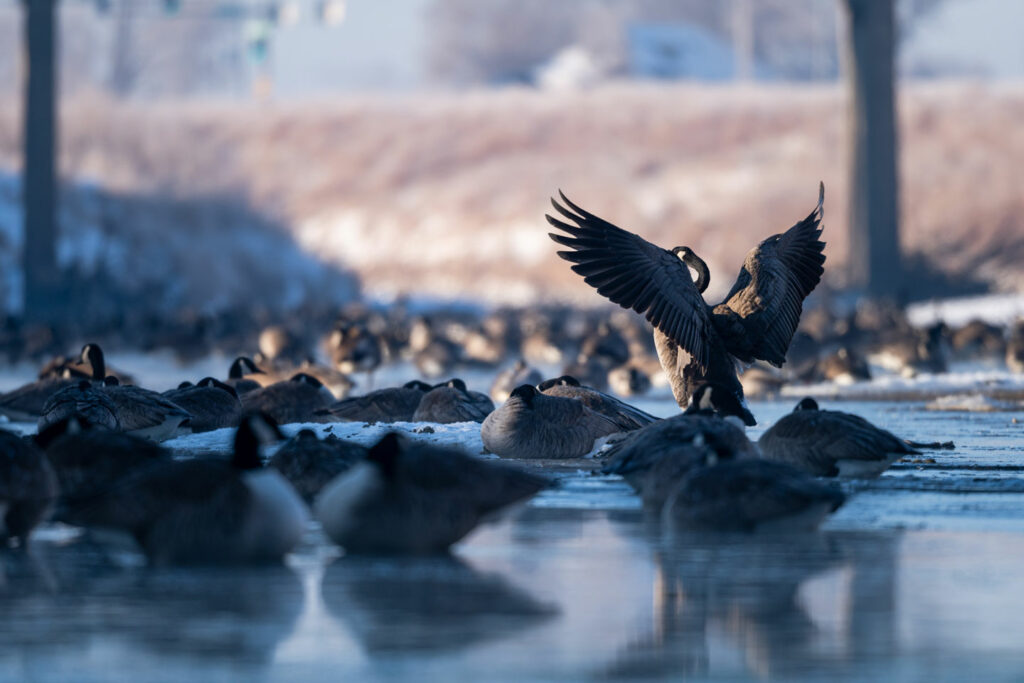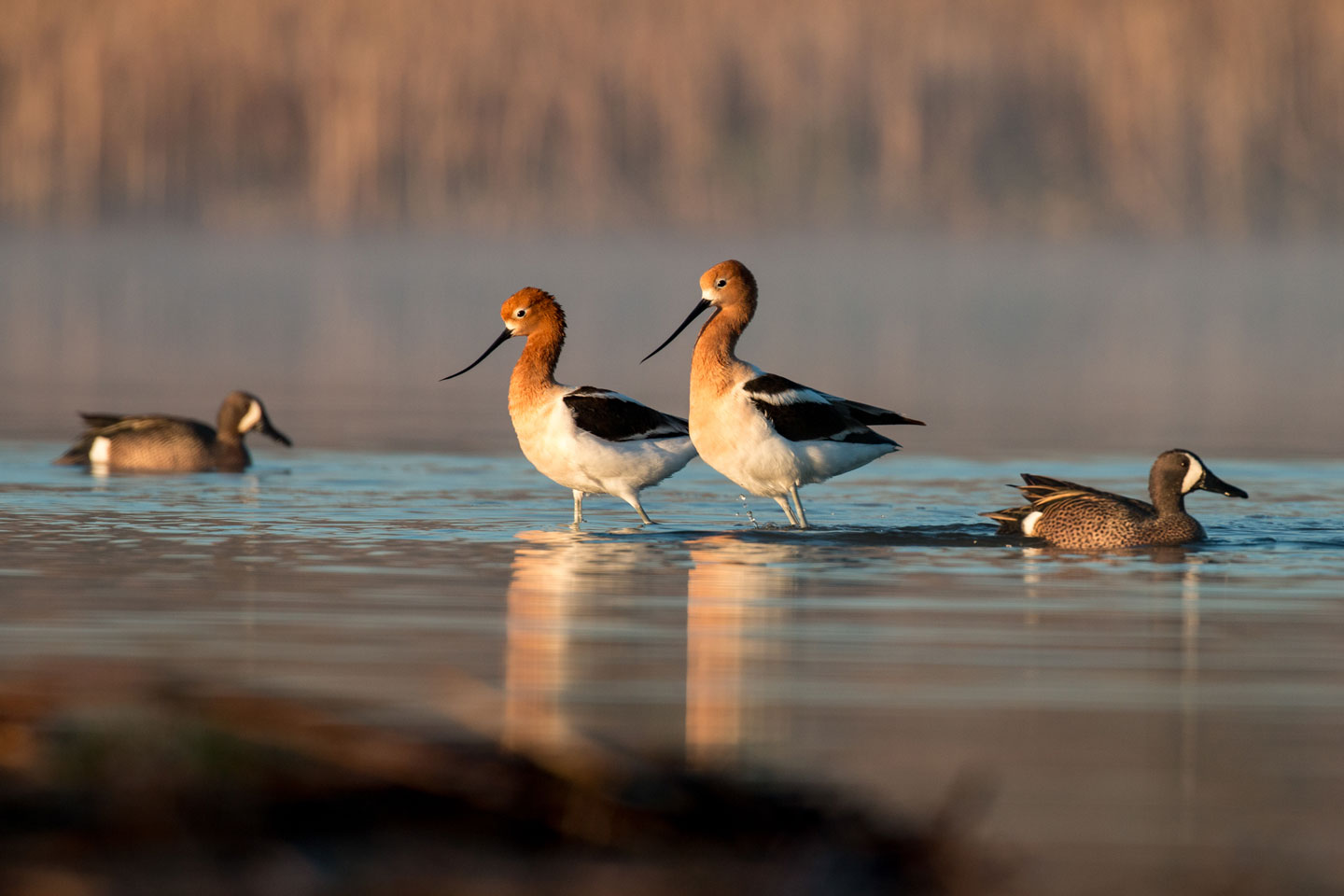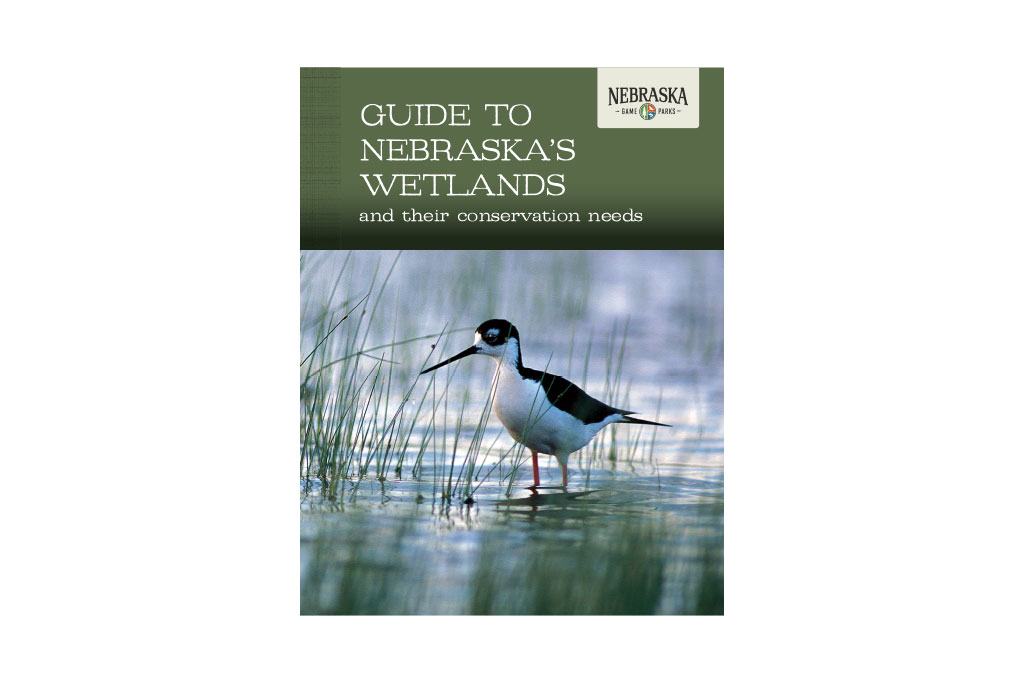Urban wetlands
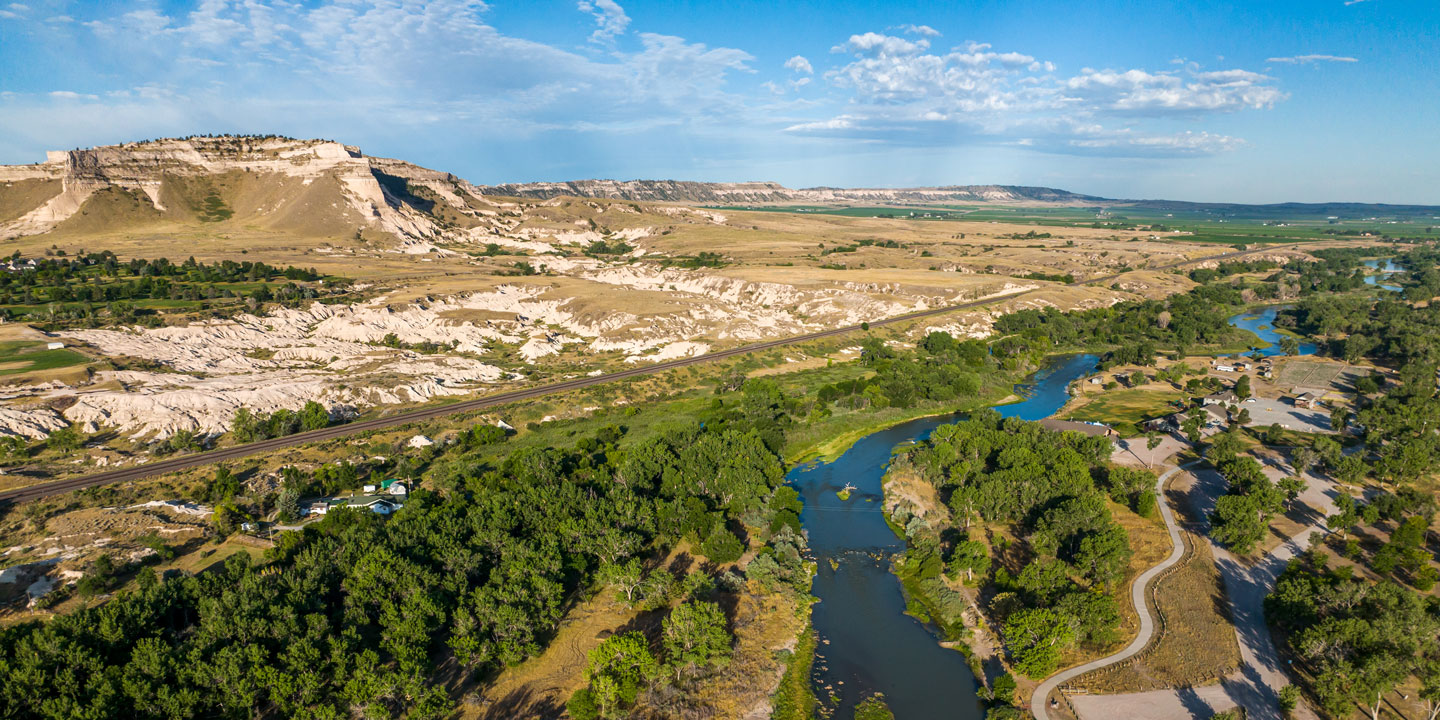
Wetlands are everywhere in Nebraska — including in our towns and cities. Urban wetlands provide important benefits to the communities, to the people living there and to the animals and plants of our state. Some of these wetlands are still in their natural state, while others have been highly modified or even created.
These wetlands — whether natural or constructed — provide habitat for fish and wildlife, filter water, improve water quality, and reduce downstream flooding by storing stormwater runoff.
For people, they also act as green spaces that offer a place to relax and unwind or a place to recreate for those looking to walk, bike, fish, observe wildlife or explore nature.
Urban wetlands can be of a variety of types, including marshes, stream edges, wooded floodplains, or constructed ponds and reservoirs. They can be on the edge of a community or run right through the heart of town. At first glance, some of these wetlands may appear to be nothing more than shallow depressions with accumulated water and a few plants, but they truly are hotspots for wildlife and human activity alike.
Nebraska’s 35% loss of wetlands over the past 200 years is tied to the transformations people have made to the landscape. As we built towns and cities and expanded our agricultural productivity, we altered, buried, flattened, redirected or contained 1 million acres of wetlands. However, over the past 20 years, as people began to better understand and recognize the value of wetlands, cities, residents and farmers have worked to protect and restore Nebraska’s remaining wetlands.
Watch our urban wetlands film
Urban wetlands help improve and enrich our lives in countless ways. Follow along in the urban wetlands documentary as Ted LaGrange, shares his personal connection to wetlands and how he came to be Nebraska’s wetland program manager. Learn about the research and work being done to protect our urban wetland spaces for future generations, and witness the often overlooked wildlife and plant species that have a direct connection to our urban spaces and their associated wetland habitats.
This documentary was produced in collaboration with the Platte Basin Timelapse project at the University of Nebraska-Lincoln by Dakota Altman. Find additional videos, interactive maps, photo galleries of the plants and animals that depend on these wetlands, and a behind-the-scenes look at the making of this documentary in Platte Basin’s urban wetlands StoryMap.

